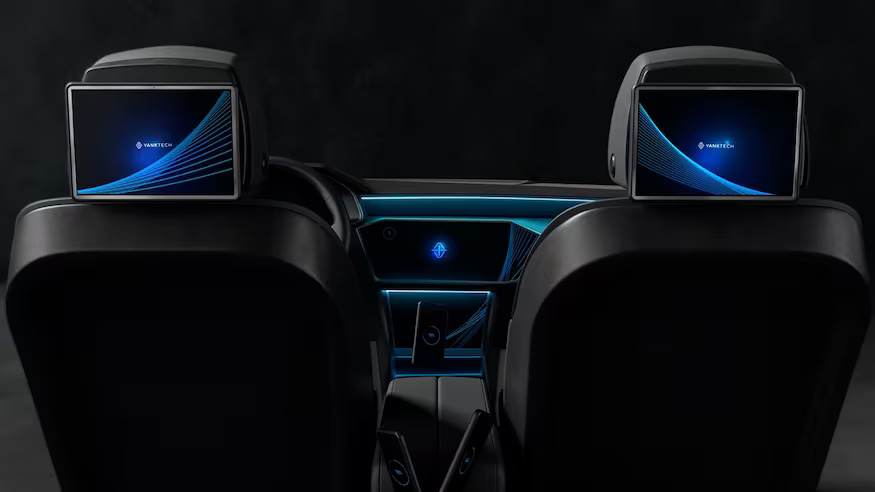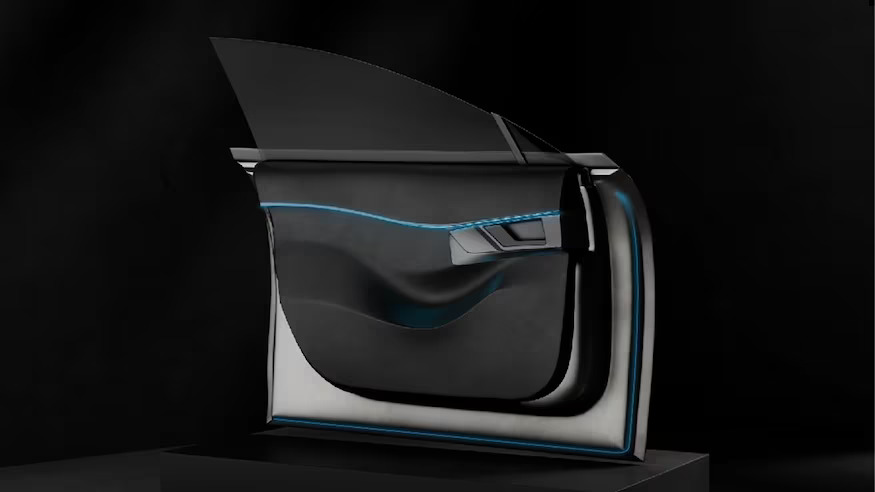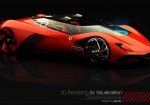Wow, Lunar Rovers Can Now Be Powered Wirelessly!

by AutoExpert | 2 August, 2023
Wireless power technology offers a wide range of practical uses. Resonant inductive charging, as seen in Qi-protocol wireless charging mats and inductive EV charging plates, is one of its applications. In this instance, though, the technique is intended to transfer electricity across distances of up to 10 inches.
NASA is interested in employing wireless power to remotely power or recharge lunar rovers, which would eliminate the requirement for massive batteries with docking ports.

Wireless power provides easy charging options for daily usage. It can recharge gadgets such as phones in pockets or vehicle mounts while they are still charging. The technique enables several gadgets with different power needs to be charged at the same time. Furthermore, wireless charging produces less heat, making it safer for consumers and equipment such as pacemakers.
Moreover, wireless power has intriguing potential in the automobile sector to minimize the cost, complexity, and weight of wiring harnesses. Automobile manufacturers and suppliers are eager to use this technology to address problems such as powering a swiveling and moving rear captain's chair with a longer track.

Yank Technologies, a pioneer in wireless power, has achieved considerable advances for automotive applications. They have formed alliances with a number of OEM and Tier 1 auto clients for projects including the powering of different passenger gadgets and whole car interior subsystems like seats, detachable doors, and ambient lighting.
Commercial manufacturing of the technology is likely to begin with a 2027 vehicle, with further initiatives planned for the future owing to lengthy automotive lead times. Yank Technologies has now moved into other product categories, including power tools and industrial robots, with the goal of reducing downtime and operating expenses in these industries as well.


















